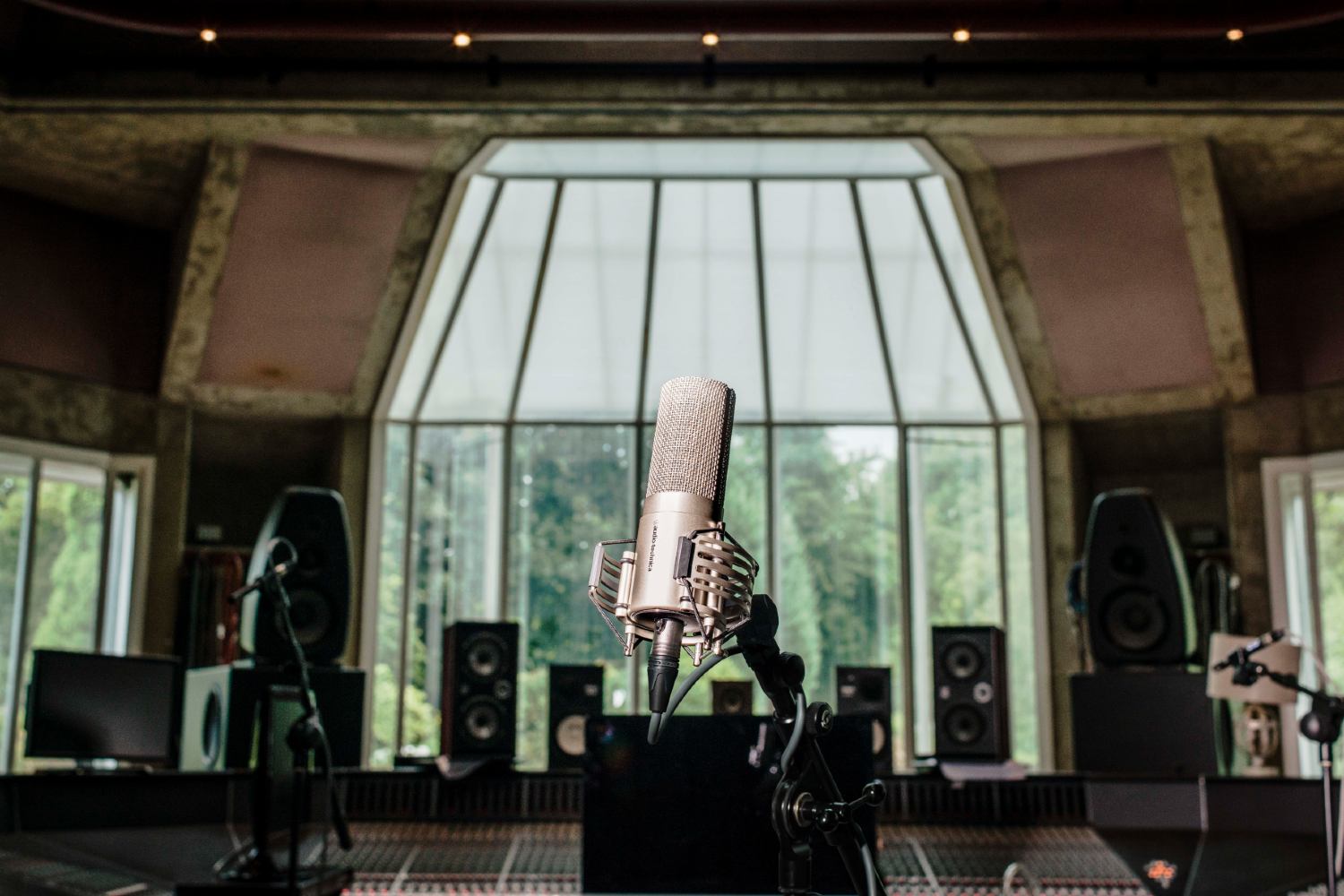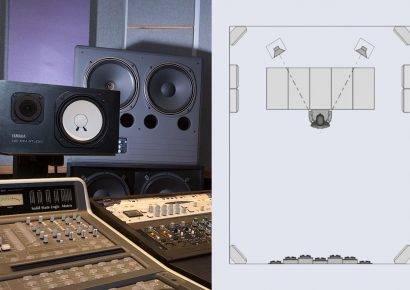In April this year, the folks at Audio-Technica celebrated 60 years since the company founder, Hideo Matsushita, established the business.
Starting from a small single-storey workshop in Shinjuku, the business grew to be one of the leading manufacturers of premium audio technology. Their gear has made a global impact on the audio world, with some killer releases – the AT4033 and AE2500 condensers, the M50x headphones, and their 30 and 20 series are to name a few. Now celebrating their 60th anniversary, it’s no surprise that Audio-Technica is a household name in both the professional and domestic audio realms, as their stellar “audio for all” philosophy carries their legacy to ensure future generations can experience the joy of analogue.
Read all the latest features, columns and more here.
From the beginning, Audio-Technica’s approach to making audio technology has been underlined by a devotion to the listening experience. Hideo sort of saw it as an artform in itself. The inspiration to start making his own transducers in 1962 was the depth of emotion he witnessed at vinyl listening sessions organised during his tenure at the Bridgestone Museum of Arts in Tokyo. His first two cartridges, the AT-1 and AT-3, amounted to the preliminary success that helped provide the foundation for Hideo to expand his business. He opened a larger headquarters in Machida, where the company still operates within its global presence today. The company logo is actually an abstraction of Hideo’s initial creation, with the circle representing a vinyl record and the two triangles representing a phonograph needle and the letter ‘A’ for Audio-Technica.

Manager of Microphone Development Department Shioto Okita said Audio-Technica’s company culture has been coherent since its origin.
“We make decisions flexibly, we challenge what other companies are not doing, have little tolerance for failure to meet challenges, and employees encourage each other to commit to the mission.”
“The company has always been committed to using high quality measuring equipment in the development process, even when the budget was smaller, an important philosophy of Hideo’s.
“We have an anechoic room which is larger in scale in each development basement compared to the other competitors,” Okita-san said. “These environments realise the perfect-silence in the room, which enables the engineer to develop the microphone that has noise level marks under 0db SPL on spec.”
Over the years, every single one of Audio-Technica’s products – of which there are too many to name – have contributed to the company’s solid and somewhat unexpected ascent to mainstream notoriety. They’re the crew that want to make good quality, unpretentious gear that doesn’t exclude beginners or those on a tight budget. It’s been a thing since they started. Not only have they kept up the domestic usability with their manufacturing of radio mics, Bluetooth devices, and hi-fi home entertainment; they’ve maintained the respect of the pro audio world for having reliable mid-range audio gear that is remarkable for the price.
They’ve certainly still faced their share of challenges, notably during the shift from vinyl to CDs.
“Honestly almost all trials had failed but we managed to survive in such tough times by making sushi machines or our Techni-Clean product,” Okita-san laughed.
Some of Audio-Technica’s more notable products marked turning points for the business, expanding their popularity and knack for capturing music, broadcast, and even more recently, content creation.
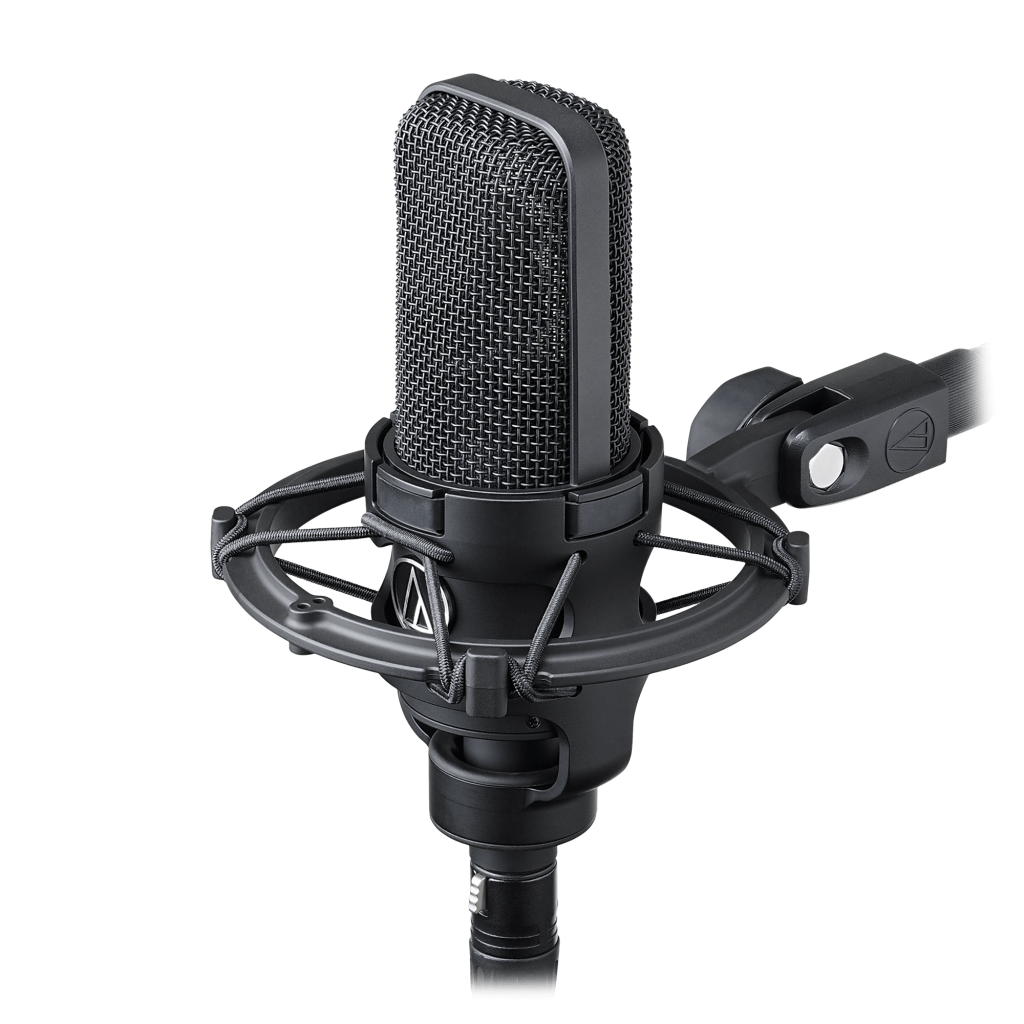
One such notable Audio-Technica product to mention is the AT4033 large diaphragm condenser mic released in 1991. It’s a high quality, affordable microphone, with a low noise floor and a transformerless design. It’s got a cardioid pattern, a frequency response of 30Hz to 20kHz, and a roll off at 80Hz, as well as a smooth, clean sound, and a boost between 2kHz to 3kHz. This emulates a livelier studio sound, providing a bit more clarity for all manner of sound sources with high SPL’s or a crispy top end. Drums, vocals, guitar amps, piano, pretty much any stringed instrument. It’s widely regarded as a reliable companion for any situation in the studio. The AT4033’s sub-$1,000 affordability back in the ‘90s made it increasingly popular, as studio microphones of the time generally had a far more intimidating price tag than today.
“The AT4033 was an historic milestone because at that time, it was a normal thing to pay $2,000 for a recording microphone,” Okita-san said.
“With our price, the AT4033 became a smash-hit model not only for the professional fields, but also for ordinary people who could be called amateur, it meant the time had come for everyone to use good quality microphones.
“Without this model, the welfare of Audio-Technica never exists.”
The ‘90s meant that the rise of more affordable gear contributed to the rise of the bedroom producer. Audio-Technica kept tabs on the studio equipment market, noting the demand for cheaper, good quality gear for the music makers that didn’t have the coinage to hire a studio.
Instead of lowering the price of the AT4033 to match that of comparable competing mics, Audio-Technica released the 30-series.

Aimed at the budding producers, the sturdy, affordable 30-series initially comprised three models: the AT3525, the AT3527, and the AT3528. All three are electret condensers with 10dB attenuation switches and roll-offs at 80Hz, with a wide dynamic range and low self-noise. However, the 3525 was the most popular of the three – a side-address medium diaphragm cardioid mic with a lower noise floor and sensitivity elevated above the other two. Popular for louder gear such as drums and close-up percussion, it was still sensitive enough however to apply to heaps of different studio instruments and vocal recordings.
In the early 2000s, the AT30 series was then joined by more low-cost, solid mic options – the AT3035, 3031, and 3032. All three were decent quality all-rounders – the large diaphragm AT3035 for example has a fairly flat frequency response between 50Hz and 15kHz, and a low self-noise of 12dB. This made it suitable for a myriad of wild sound sources that one makes in their bedroom or semi-pro studio projects.
Audio-Technica’s recent 20-series microphones pack more specs than you’d expect for the price tag. With a range that includes the AT2020, 2040, 2031, 2035, 2041SP, 2050, and the USB version of the 2020, the series is aimed at budding engineers and content creators. It’s also for pros looking for that affordable easter egg in the large variety of mid-range microphones out there.
“Now, creators can easily edit the digital audio data and that brings an amazing effect on the results, but this is only about the process in between input and output,” Okita-san said.
“We believe the most important thing that never changes when we create the microphone is the quality of the transducer.
“The AT2020 offered the brilliant performance and sound quality of a recording studio microphone with an incredible price tag.
“AT2020, a basic recording studio microphone with the basics firmly in place, has been supported by a wide range of users to date, and we were able to achieve a cumulative factory shipment of one million units last year in 2021.
“We are so sure that AT2020 will remain the representative of the content creator market for a long time, especially as the recent demand for content creation tools are getting bigger, and many unique competing products have been created.”
The AT2050 is the flagship of the 20-series; a large diaphragm condenser featuring switchable patterns of omni, cardioid, and figure-eight, as well as a roll-off switch at 80Hz, pads, and a padded SPL input of 159dB. It’s awesome value for money. Considering it has a frequency response of 20Hz to 20kHz, it’s a versatile, practical mic to be able to capture high SPL’s and good sound quality – ideal for drums, vocals, electric and acoustic guitars, and plenty more. Like most of the mics in the 20-series, it has that simple, no-frills design with the AT logo popping out subtly on the front. The black matte metal casing and grille makes it a sturdy workhorse for any semi-pro recording projects. The 2050’s combo of features, performance, and appraisal makes it an incredibly alluring general purpose condenser.
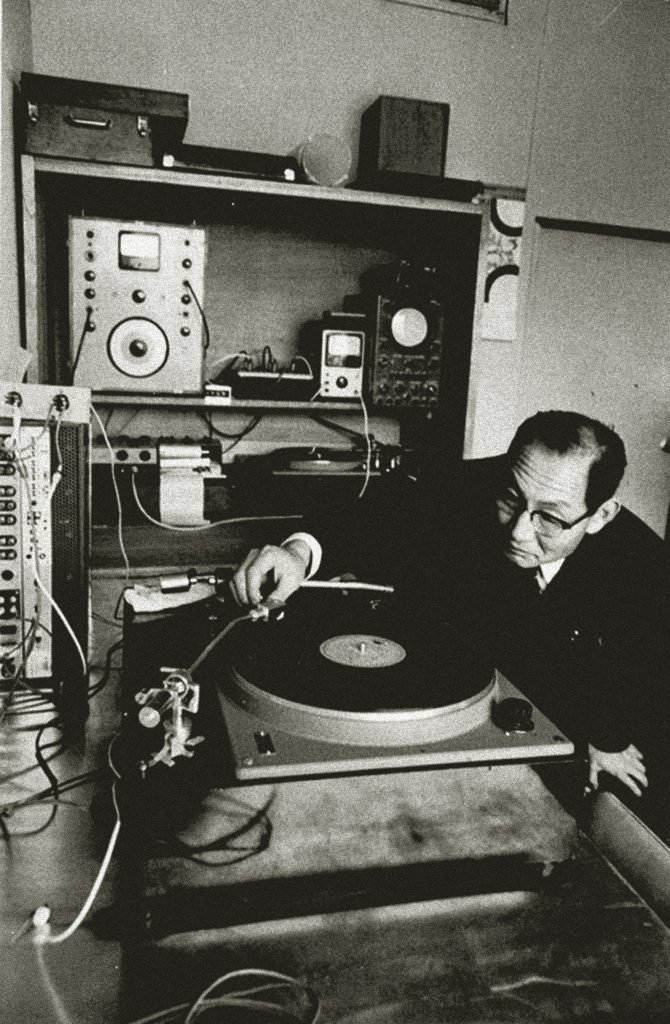
The AT2035 is another of the 20 series that is right up there with the popularity of the AT2050. It’s the more basic cardioid large diaphragm condenser of the 20-series, and while it has less features, it captures solid audio quality. With a frequency response of 20Hz to 20kHz, it can handle pretty high SPL’s and has an impressive signal-to-noise ratio of 82dB at 1kHz considering the price tag. It’s also got the switchable 80Hz high-pass filter and 10dB pad to give it some versatility when recording anything from drums to guitars. Not only popular for singers, it’s widely used by podcasters, streamers, and videographers, due to its USB input and easy operability. Quality entry-level condensers such as the 2035 have a solid place in the rapidly growing market for online entertainment, because it’s simple, robust, and sounds good.
Initially of the Artist Elite series, the AE2500 is a dual-element cardioid instrument microphone condenser that is consistently good for any instrument, but it’s popular for miking up the kick drum. It has an electret condenser and dynamic dual-elements in the one ruggedly-designed casing, with a frequency response of 20Hz to 17kHz for the condenser and 30Hz to 10kHz for the dynamic. It’s flexible for studio and live use, which is helped by the 80Hz, 12dB per octave switchable low cut filter, and 10dB pad on the condenser. The dynamic element grabs a punchier attack off the kick drum beater, while the condenser soaks up more of the tonal details in the waveform. Once again they’ve managed to make something with elevated usability and quality, yet they’ve kept it affordable. How they do this is verging on the mythical.
Some love Audio-Technica predominantly for their headphones, which they have innovated to be decent quality, durable options for pro and domestic use. In January 2007, Audio-Technica released their first-ever pair of ATH-M50s. These humble over-ear headphones were initially designed for professional level studio use, with comfortable padding and high sound quality, aided by the proprietary 45mm large-aperture drivers. They’ve since grown to be Audio-Technica’s best selling product worldwide, as they are known to be reliable and well-balanced general purpose studio options.
The headphone line has since evolved to adapt to the needs of pro and domestic users.
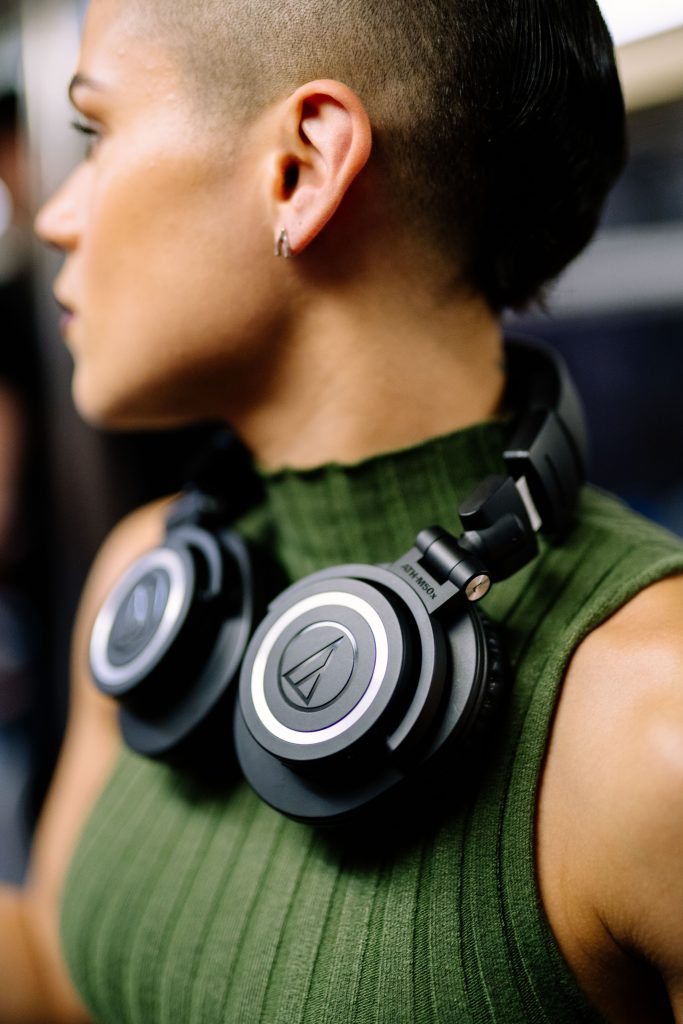
Released in 2014 and going viral since, M50x’s are one of the centrepieces of their line of headphones. Solid, stylish, and closed-back for studio monitoring, their frequency response is flat while reproducing mids and highs clearly. They’re also cushy and padded-up for long listening sessions, which is a factor not to be overlooked for a go-to pair of headphones. The audio quality of the M50x’s may not be meticulously mind-blowing, but that might ironically be why they are so popular. It’s good enough quality for any professional studio to have on hand, and certainly good enough for recreational use. The fact they are quite handsome means they were also designed for people to walk around town wearing them.
From humble beginnings, Audio-Technica has set out to achieve a massive appreciation for the art of analogue listening. They do this by making pro and domestic audio gear that is good quality and accessible. There is a growing overlap between the two worlds, which characterises how we’re in a vast, everchanging golden era of global content and music creation. It’s exciting.
Looking towards the future, Okita-san said Audio-Technica will “keep trying to ride the wave of recent fast-paced technological innovation.
“But also, we intend to take care of company culture that’s been there since the beginning: challenging what other companies are doing and not doing, and releasing unique and attractive products.
“We also have to remember that we need to refine our technology for making analogue products like record cartridges, wired headphones, and microphones because it never ends.
“We feel the warmth in hearts which is sort of universal in the word ‘analogue’. We will continue to focus on improving analogue transducer technology which is almost like being in tune with human sensibilities.
Their gear exemplifies an important little trick when it comes to building the love up for an audio technology brand: good quality + accessible = iconic. It makes sense that they are one of the big names in this new golden age of sound, as professional quality digital audio equipment gets higher in quality and lower in cost.
It’s also kind of awesome to discover the beauty of a simple intention at the root of such a successful business. Speaking about Audio-Technica’s 60th Anniversary, President Kazuo Matsushita said, “It is an honour to provide a quality audio experience to millions of people throughout the world.
“What begins as a simple vibration; a subtle movement, results in an emotional connection – whether that be when listening deeply to an album or sharing your voice with the world.”
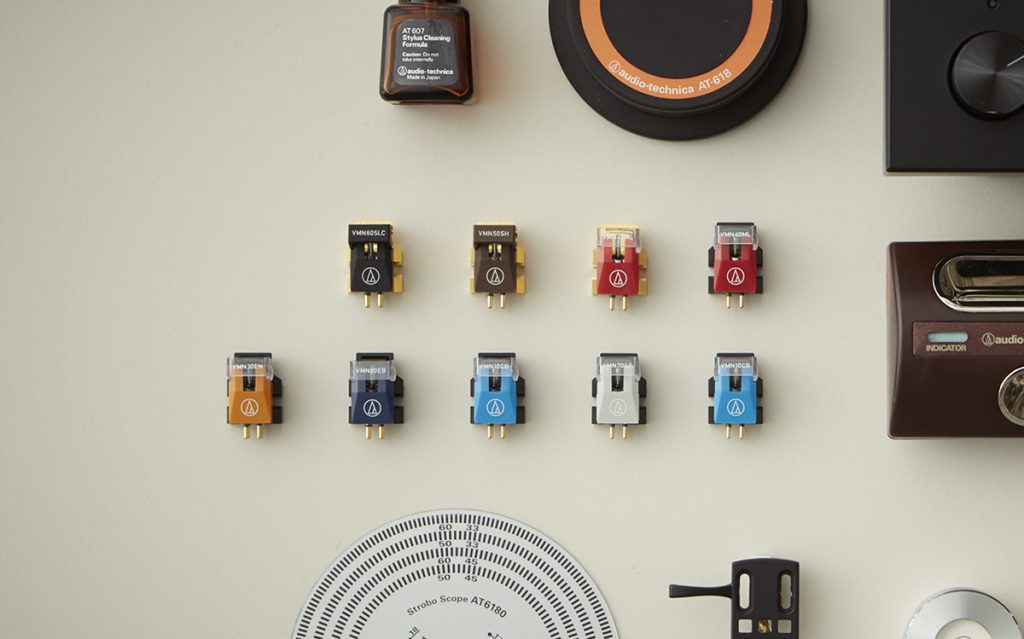
Find out more about Audio-Technica’s illustrious history here.
